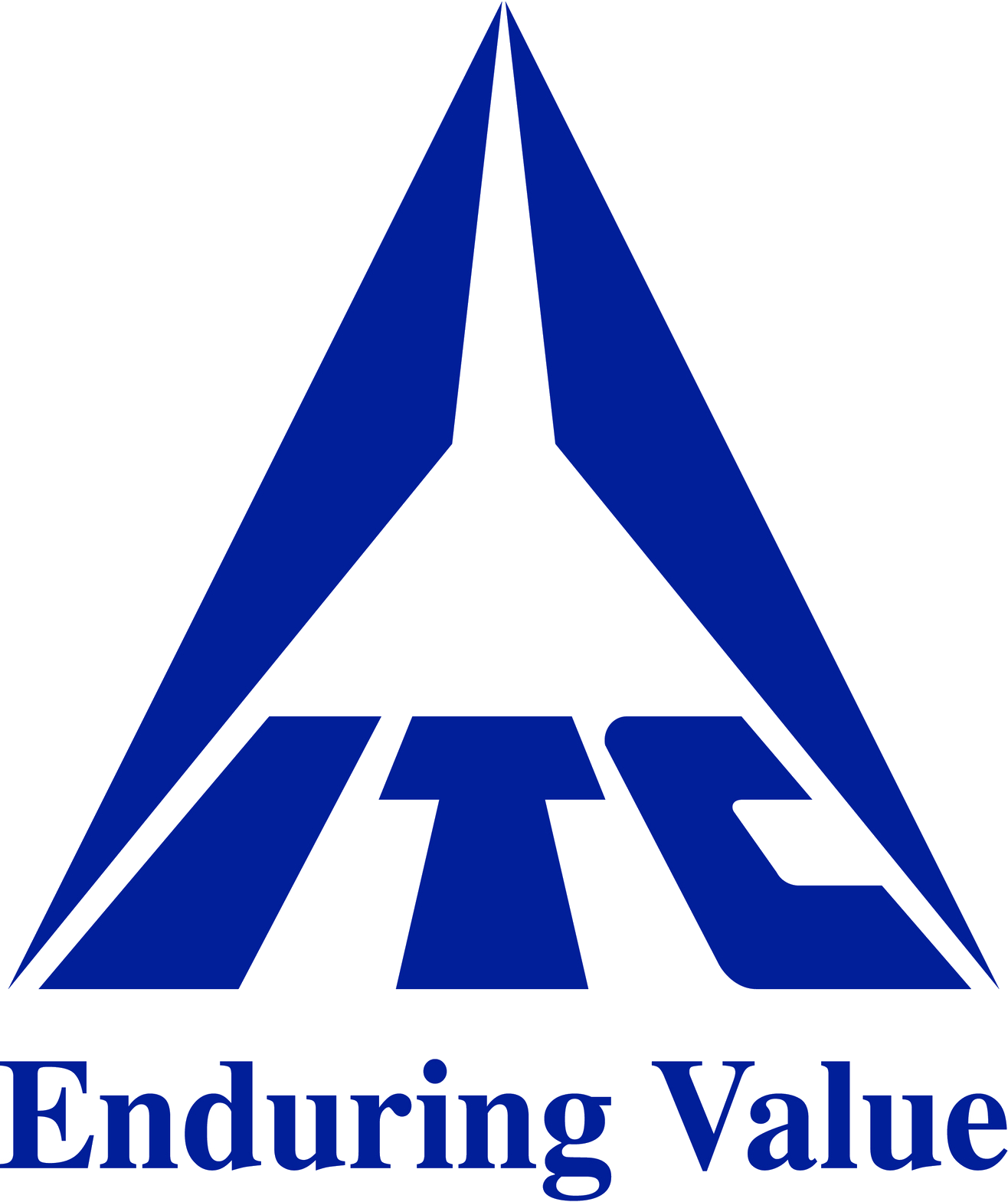IT E-Waste Policy
ITC's achievements across all three dimensions of the "Triple Bottom Line" - economic, social and environmental is well known and recognized globally. Being a pioneer in environmentally sustainable operations (e.g. Carbon and Water positive, solid waste recycling positive), we need to meet demanding standards of responsible waste management in all aspects of our operations.
With pervasive use of electrical and electronic equipments in our daily operations, disposal of obsolete equipments is increasingly posing a threat to our environment. There is therefore a need to handle such disposals - referred to as E-Waste - in a responsible manner in line with emerging global best practices and standards.
IT E-Waste is a subset of E-Waste and covers the following IT equipments
| Sl. No. | Category | Items |
|---|---|---|
| 1 | Computers | Server / Desktop computer (CPU, Monitor, Keyboard and Mouse), Laptop, Notebook, Dumb terminal, etc. or similar items |
| 2 | Printer & Accessories | Printer, Scanner, Printer Cartridge, Toner, etc. or similar items |
| 3 | Network equipments | Routers, Switches, Patch panel, Modem, Converter, VSAT equipments, etc. or similar items |
| 4 | IT Accessories | TV Tuner box, Floppy, CD and DVD, Pen Drive, External Hard disk, External CD / DVD writer, DAT Drive, Speaker, Laptop Battery, Hand Held device, VC equipments, Data Cartridge, etc. or similar items |
| 5 | Associated Electrical items | Power cable, Data cable, UPS, etc. or similar items |
IT E-WASTE POLICY
The lifecycle of all IT assets spanning from acquisition to disposal shall be managed in a manner which conforms to sound environmental norms as detailed in the IT E-Waste guidelines. This includes:
- Preferential dealing with IT vendors having sound E-Waste management processes
- Extending the useful life of IT assets to postpone / minimize generation of E-Waste
- Responsible disposal processes conforming to regulatory requirements and best practices.
IT E-WASTE MANAGEMENT GUIDELINES
REGULATORY ENVIRONMENT
- Different government bodies have published regulatory framework for handling E-waste. Similarly, different trade and industry bodies are also evolving the best practices to deal with IT E-Waste. CIO Office will scan the evolving code of practice and keep updating this policy document (supported by Corporate EHS) in line with the best practices for disposal of IT E-Waste. This will be done once a year, or more frequently if deemed necessary.
- The appropriate government bodies, e.g., Ministry of Environments & Forests / Central or State pollution control boards in India, etc. have initiated the process of approving and authorizing E-Waste Recyclers. CIO Office shall identify authorized Recyclers, publish a list of such E-Waste Recyclers and enter into appropriate agreements covering all aspects of the E-Waste disposal. The list of authorized Recyclers and the agreed terms and conditions will be circulated to the DMMs.
IT E-WASTE MINIMIZATION PROCESS
- It shall be the endeavor of every user to maximize utilization of all IT assets to their full productive life. Apart from internal re-use, option to extend use outside ITC through donation to bonafide philanthropic institutions will also extend the useful life of IT assets.
- Only such IT assets which are non-operational and can not be reused for any other alternate purpose should be considered as IT E-waste for disposal. The DMM will certify this position.
COMPLIANCE REPORTING
As part of Quarterly IT Policy Compliance, the DMM shall report the Division's compliance to E-Waste Policy to the CIO, who in turn will present Companywide consolidated status to the Corporate IT Steering Committee.
Abbreviations
| CIO | Chief Information Officer |
| DMM | Divisional MIS Manager |
| CITPC | Central IT Purchase Committee |
| ITSS | IT Shared Services |
| CASP | Corporate Accounting & System Policies |








